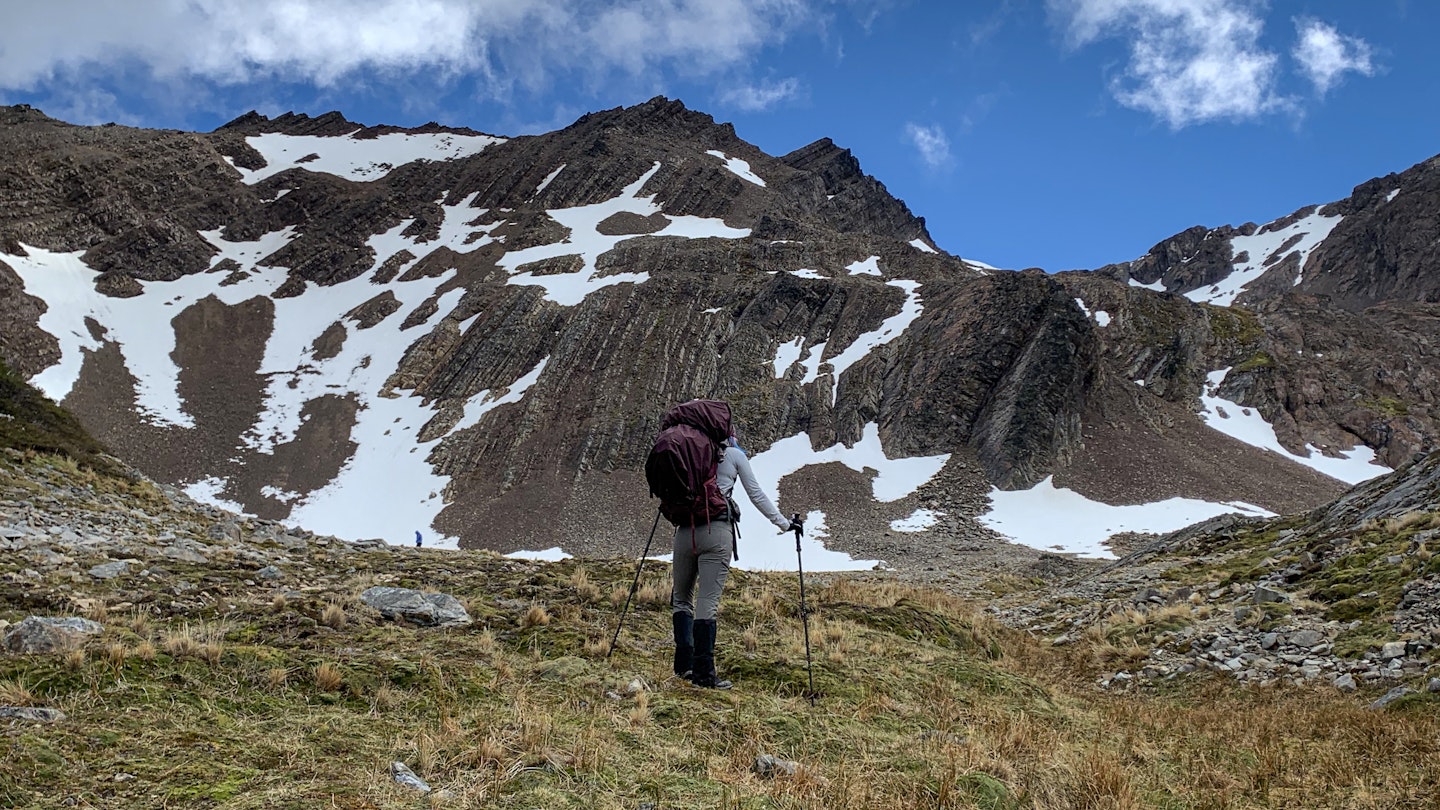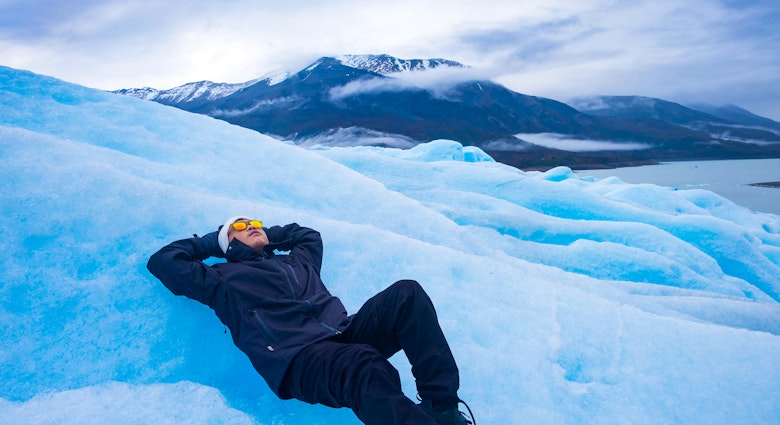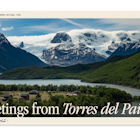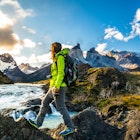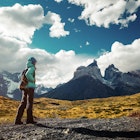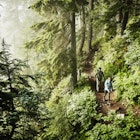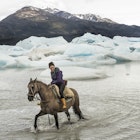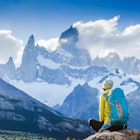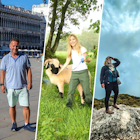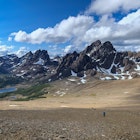Wondering if your outdoor gear could hold up on your next multi-day trek? I went to the ends of the Earth to put some of the biggest brands out there to the test – the five-day circuit of Dientes de Navarino at the furthest tip of southern Chile.

The windswept peaks of Dientes de Navarino offer some of Chilean Patagonia's toughest terrain. The 53.3km trek scrambles across mountain slopes, stops for backcountry camping and features blissfully solitary trails — the perfect place to test the latest hiking gear. Here's what I discovered.
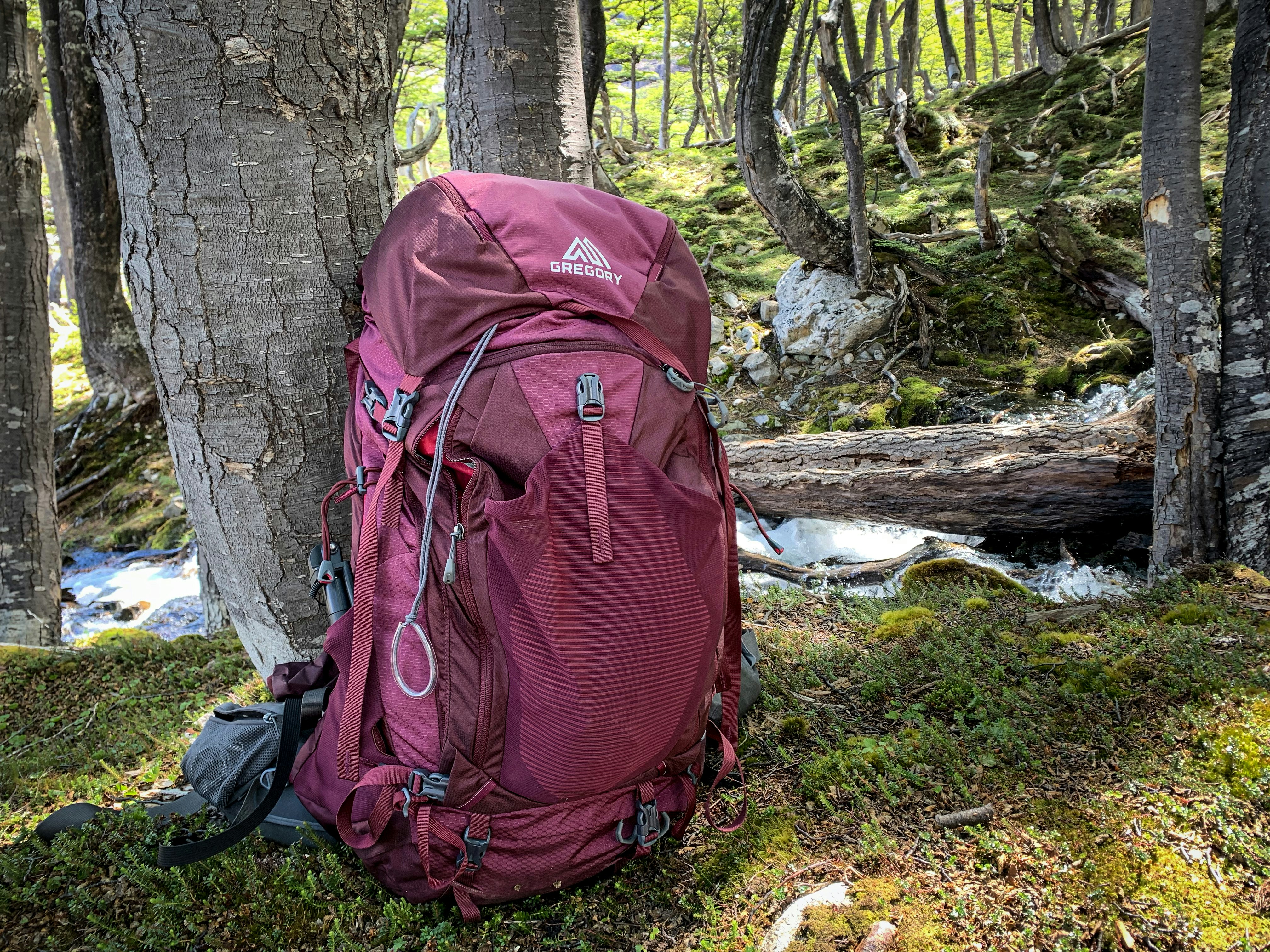
1. Gregory Deva 60 Backpack
On a trek like this, your backpack can be your best friend or your worst enemy. While the Gregory Deva 60 is one of the heavier packs on the market (4.61lbs), I was curious to see if its oft-lauded weight suspension system would make up for the extra few pounds. Happily, this pack was a dream – the straps and hip belt were immensely comfortable, leaving my back in good shape after long hours of hiking steep inclines and descents. It has all the extras, including a front-opening feature and plenty of exterior pockets perfect for quick layer changes.
My only gripes were small ones: the waterproof cell phone pocket on the hip belt is a bit too small to accommodate a current generation iPhone in a case, and the rain cover easily blew off in the wind. In the case of the latter, I brought a couple of all-purpose straps to tie it down.

2. Outdoor Research Crocodile Gaiters
With rugged Patagonian peaks comes plenty of muddy valleys in which you frequently find yourself sinking knee-high into the muck. Thankfully, Outdoor Research’s Crocodile Gaiters vanquished mud from my list of concerns on the trail – they stayed securely in place despite the suction, leaving the tops and insides of my boots happily mud-free. Plus, these things are made of Gore-Tex and protect your lower-legs as you hack your way through brambles and marshlands, so no ripping or slipping.
3. Platypus drinking system
I waffled on whether to bring a hydration system or simply a water bottle on this trek, as water was frequently accessible along the trail and generally didn’t require filtering. What would be the point of lugging a big bag of water around if I could simply minimize weight and use a Nalgene? Turns out that the ease of accessibility the Platypus afforded was worth its weight. No awkwardly straining to yank the bottle out of my pack – use the straw and keep on walking. In conjunction with my pack’s handy hose holder on the strap, drinking on the trail was easy.

4. SealLine compression dry sack
When researching this trip, one descriptor kept coming up: wet. A rain fly can only do so much, so having adequate water protection is necessary. Dry bags are a good choice, though they frequently capture air when sealed, taking up valuable space; the SealLine compression dry bags solve that problem with their air release mechanism, which allows the bag to shrink to an exceptionally small size. There are lots of philosophies about proper backpack packing, including the argument that this system makes things feel heavier, but the control freak in me likes knowing exactly where all my stuff is in my bag, as well as the ability to easily make room for my sleeping bag and other larger items. You’re not married to the rectangle shape of the bag either – lay it flat, squeeze the air out, and place where desired.

5. REI Telusphere pants and OR’s Ferrosi Pant
Navarino is known for winds that can knock you off your feet if you aren’t paying attention, and coupled with wet conditions, they can make for a very uncomfortable hike if you aren’t wearing wind and waterproof gear. Obviously Gore-Tex wins out, but those items can be pricey. Willing to take one for the team if they failed, I opted to try the budget-friendly REI Telusphere pants, and, happily, I made it through dry and protected from wind. The pants are relatively lightweight but made of strong material that withstood gusts over 50 miles per hour, as well as ice, rain and mud.
I also brought the Outdoor Research Ferrosi Pants to try out. If the Teluspheres are light, the Ferrosis are practically weightless, which had me skeptical about their wind-and-water-blocking capacity. They actually stood up to ice pellets and wind gusts really well, and were fashionable to boot. I did have a little trouble with them snagging on bushes, but these are great general hiking pants if you aren’t battling your way through brush.
6. Under Armour Coldgear Base 3.0
Ah, base layers, perhaps the least sexy but most essential part of trekking gear. Staples like Smartwool and Patagonia are well known in hiking circles, so I decided to give another brand a chance – Under Armour. I can’t say enough good things about the UA Coldgear Base 3.0, which I wore as my daytime base layer. It was soft and comfy, extremely moisture wicking and fast-drying, and thick enough to go solo when the top layer had to come off. And, plus side, they really only started to smell funky after day four.
I also brought the Patagonia midweight Capilene base layers for nighttime – these were nice quality, but I must admit, I was cold when temperatures dropped down to 30°F at night. This likely came down to operator error by not bringing the more thermal version, but lesson learned! Navarino gets very cold at night and sleeping bag temperature ratings tend to be nothing but lies. Lies!

7. The North Face Triclimate jacket
I’ve had the North Face Triclimate jacket for years – it performed well in Iceland and I figured Navarino would be similar climate-wise. Happy to say that it did its job perfectly. It stopped wind like a boss and kept me exceptionally warm at camp, even serving triple duty as a blanket for my legs at night. I would recommend trading the inner fleece layer for a more lightweight version (looks like they may have already done this for newer versions of the jacket), but the outer shell was a lifesaver.
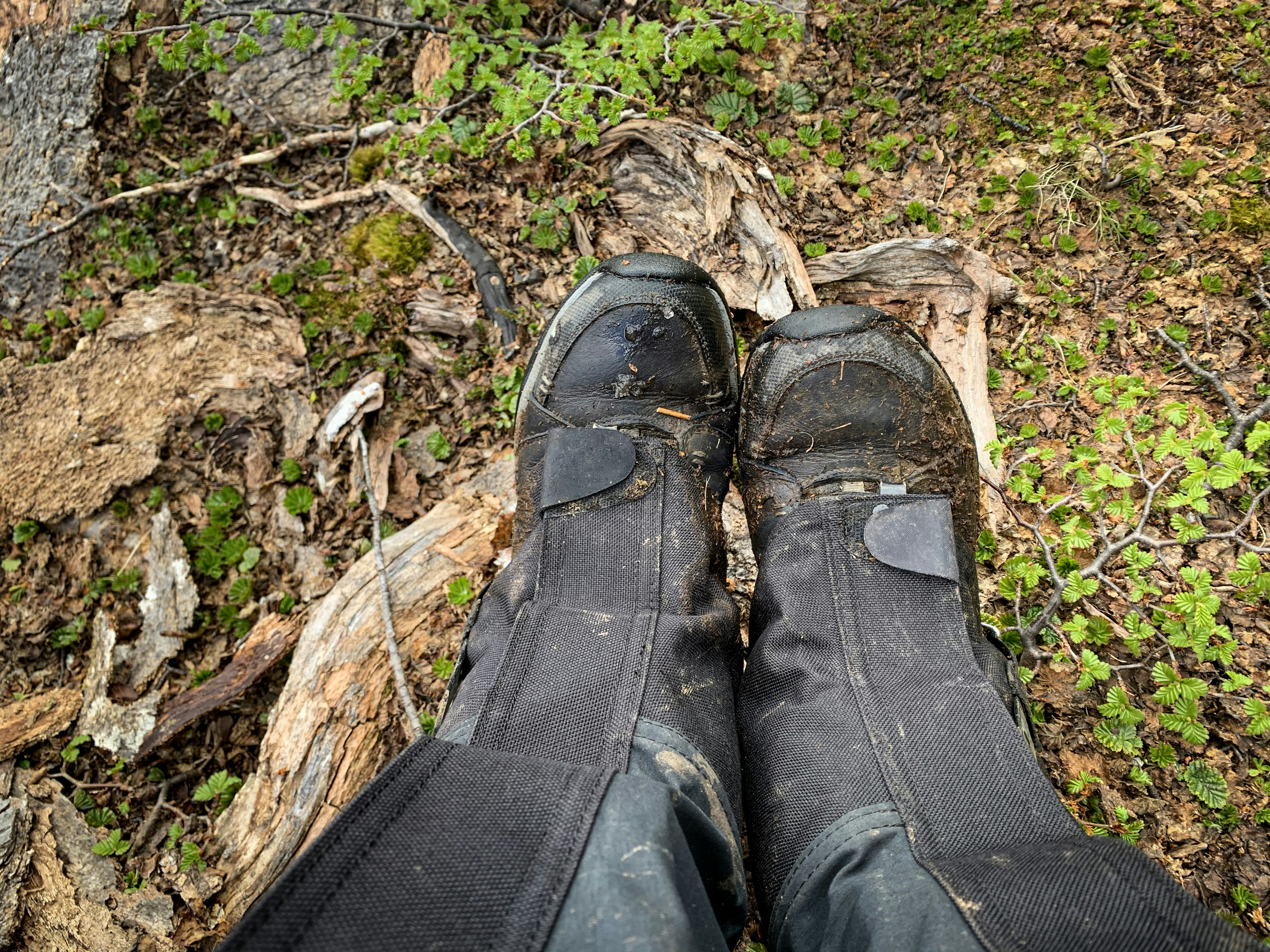
8. Ahnu Montara eVent III Hiking Boots - a betrayal
I'll preface this by saying that I’ve loved my lightweight, durable Ahnu boots for years. When purchasing, one of their biggest draws was their claim to be fully waterproof. It pains my heart to say it, but this just isn’t so – my feet were regularly soaked by the end of the day. Boots, how could you do your girl like that? I was your champion. Your biggest fan. I still love you on dry days, but I won’t forget this betrayal.
You might also like
Travel gear Lonely Planet staffers bring on every adventure
The best travel gifts for city explorers in 2019
The essential road trip gear for your next epic drive
Get more travel inspiration, tips and exclusive offers sent straight to your inbox with our weekly newsletter.

